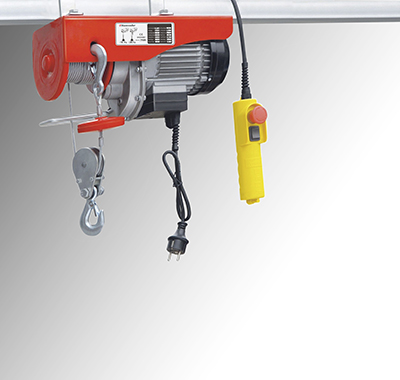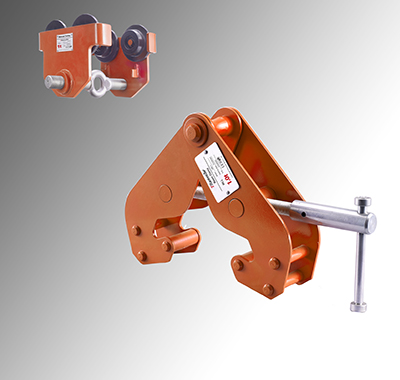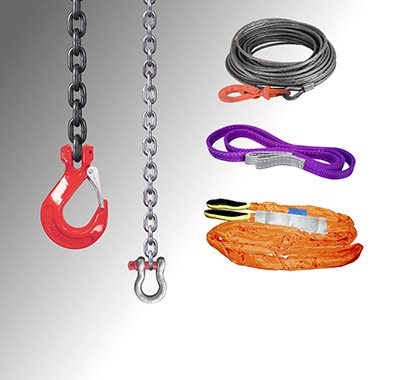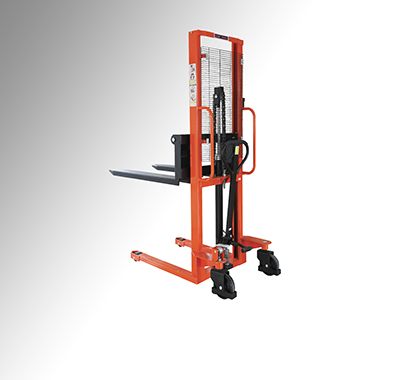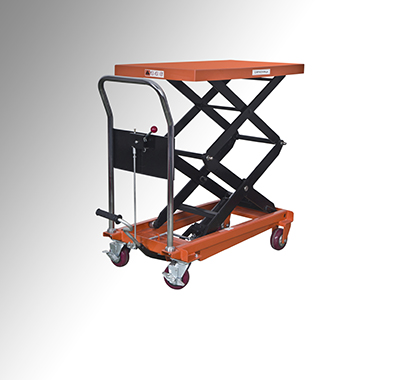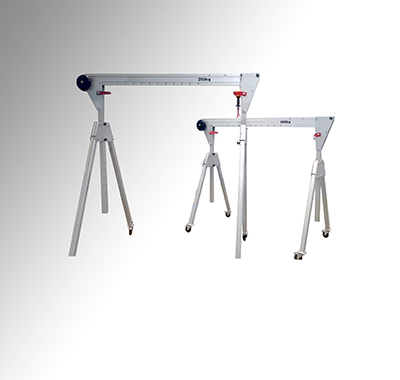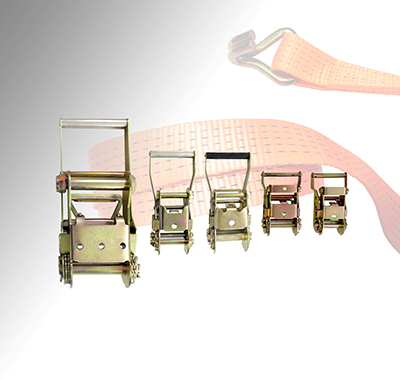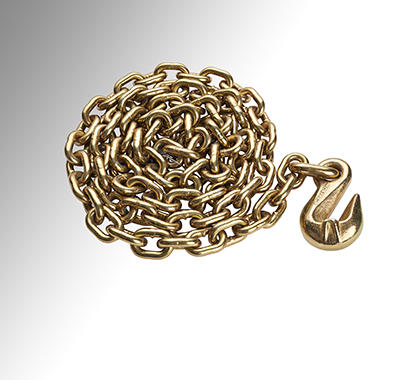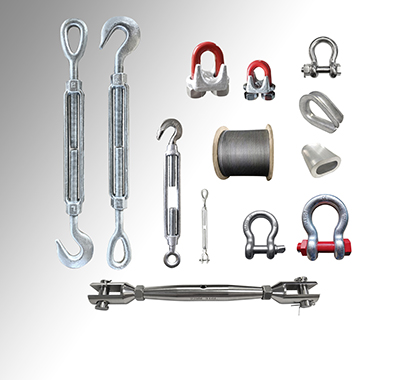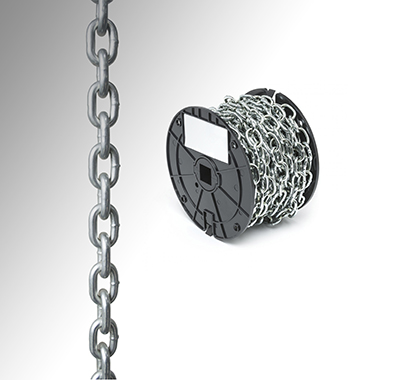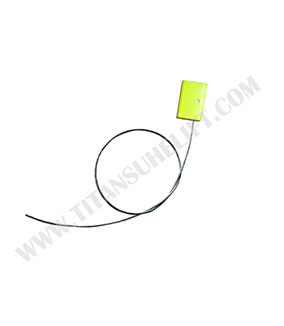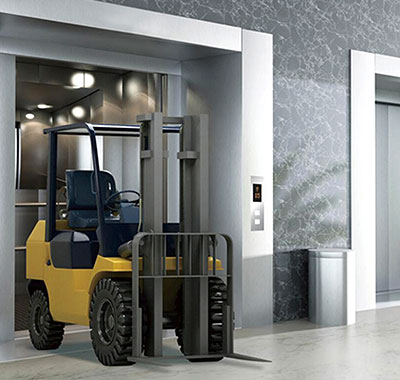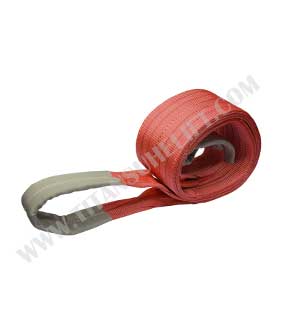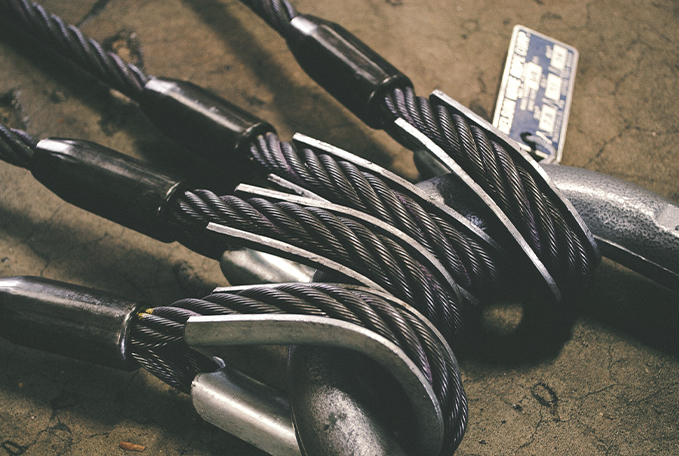Jack is the simplest lifting equipment with a lifting height of less than 1m. It is a light and small lifting equipment that uses a rigid lifting piece as the working device and lifts heavy objects through the top bracket or the bottom bracket. There are two types: mechanical type and hydraulic type. Jacks are mainly used in factories, mines, transportation and other departments as vehicle repair and other lifting and supporting work.
Working principle of jack
Jacks are divided into mechanical jacks and hydraulic jacks with different principles.
In principle, the use of hydraulic jack is based on Pascal's principle, that is, the pressure of the liquid is the same everywhere, so that in a balanced system, the pressure exerted on the smaller piston is relatively small, while the pressure exerted on the larger piston is relatively large, which can keep the liquid still. Therefore, through the transfer of liquid, different pressures at different ends can be obtained, so that a change can be achieved.
The mechanical jack adopts the mechanical principle, so that the handle is pulled back and forth, and the claw is pulled to push the ratchet clearance to rotate. The small bevel gear drives the big bevel gear to rotate the weight lifting screw, so that the lifting sleeve can be lifted or lowered to achieve the function of lifting force. But it's not as simple as hydraulic jack.
Operation specification of jack
(1) Before use, check whether all parts are in good condition and whether the oil is clean. When the safety bolt of hydraulic jack is damaged, or the wear of screw and rack jack's thread and rack reaches 20%, it is forbidden to use it.
(2) The jack such as pallet truck jack should be set in a flat and firm place, and leveled with a skid.
(3) The jack must be perpendicular to the load surface, and an anti-slip mat layer should be added between the top of the jack and the contact surface of the heavy object.
(4) It is forbidden to overload the jack, lengthen the handle, and operate in excess of the prescribed number of people.
(5) When in use, no one shall stand in front of the safety bolt.
(6) In the process of jacking, an insurance cushion should be added under the weight as it rises, and the weight should be padded in time after reaching the jacking height.
(7) When two or more jacks are used to jack up an object at the same time, the total lifting capacity of the jacks shall not be less than twice the load. Jack-up should be commanded by a special person to ensure that the jack-up speed and stress of each jack are basically the same.
(8) The jacking height of hydraulic jack shall not exceed the limit mark line; And the jacking height of screw rack jack shall not exceed 3/4 of the height of screw or rack.
(9) The jack shall not bear the load without being cared for for for a long time.
(10) The descending speed of the jack must be slow, and it is strictly prohibited to make it drop suddenly under the condition of loading.


